Decrease in Commercial Flights Could Lead To Less Reliable Weather Forecasts
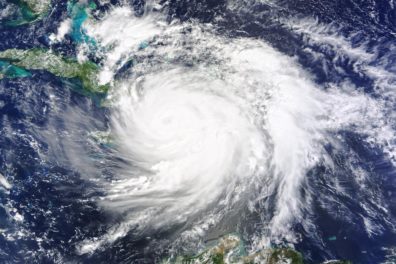
Decrease in Commercial Flights Could Lead To Less Reliable Weather Forecasts
I was scrolling through some news yesterday and came across a pretty interesting piece by the World Meteorological Organization (WMO). Apparently, COVID-19 pandemic is having some impacts to weather data. The decrease in commercial flights since the explosion of coronavirus cases around the world is leading researchers to lose out on valuable data.
WMO’s Global Observing System
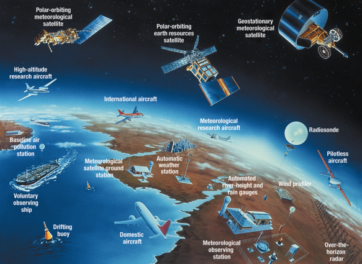
According to the WMO, their Global Observing System:
…Serves as a backbone for all weather and climate services and products provided by the 193 WMO Member states and territories to their citizens. It provides observations on the state of the atmosphere and ocean surface from land-, marine- and space-based instruments. This data is used for the preparation of weather analyses, forecasts, advisories and warnings.
Though this system, many different organizations and weather forecasters rely on this data to create their forecasts.
How Commercial Aircraft Contribute to Weather Forecasting
What does this have to do with commercial aircraft? WMO says many commercial aircraft contribute to their data through Aircraft Meteorological Data Relay program (AMDAR). This program collects, processes, and formats data from commercial aircraft. Commercial aircraft relay critical forecasting information like wind speed, air temperature, and humidity to scientists around the world.
How Does that Impact Forecasting?
As commercial flights decrease, there is less data for WMO’s system to collect. As a result, the system is losing out on valuable data needed for more accurate weather forecasting.
The U.S. National Weather Services alone uses 250 million measurements from aircraft every year, according to NPR. By the end of March 2020, the amount of meteorological data relayed from U.S. aircraft dropped by half.
The impacts to European data has been even more substantial. The European Centre for Medium-Range Forecasts reported a drop in 80% of available meteorological data.
Unfortunately, it is impossible to determine when commercial flight schedules will return to normal. In Europe, there is discussion about closing borders through September 2020. If that happens, the impacts to available data could be even more substantial.
Currently, WMO reports that the forecasting impact is “modest.”
What can be done?
WMO is taking steps to get access to more data to fill the data gaps:
- Working with national weather services to boost other methods of data collection;
- Collaboration with FLYHT to collect data from their network of aircraft; and
- Deploying weather balloons with data collection missions.
Bottom Line
The global impacts from coronavirus are far reaching. As we have seen, airlines have taken stimulus grants/loans amid schedule changes and flight cancellations, while cruise lines like Royal Caribbean are laying off workers. The crisis makes it clear that there are many lasting impacts from the pandemic.
In addition, it demonstrates that getting back to “normal” will take a long time, and we will feel the repercussions from this for awhile.
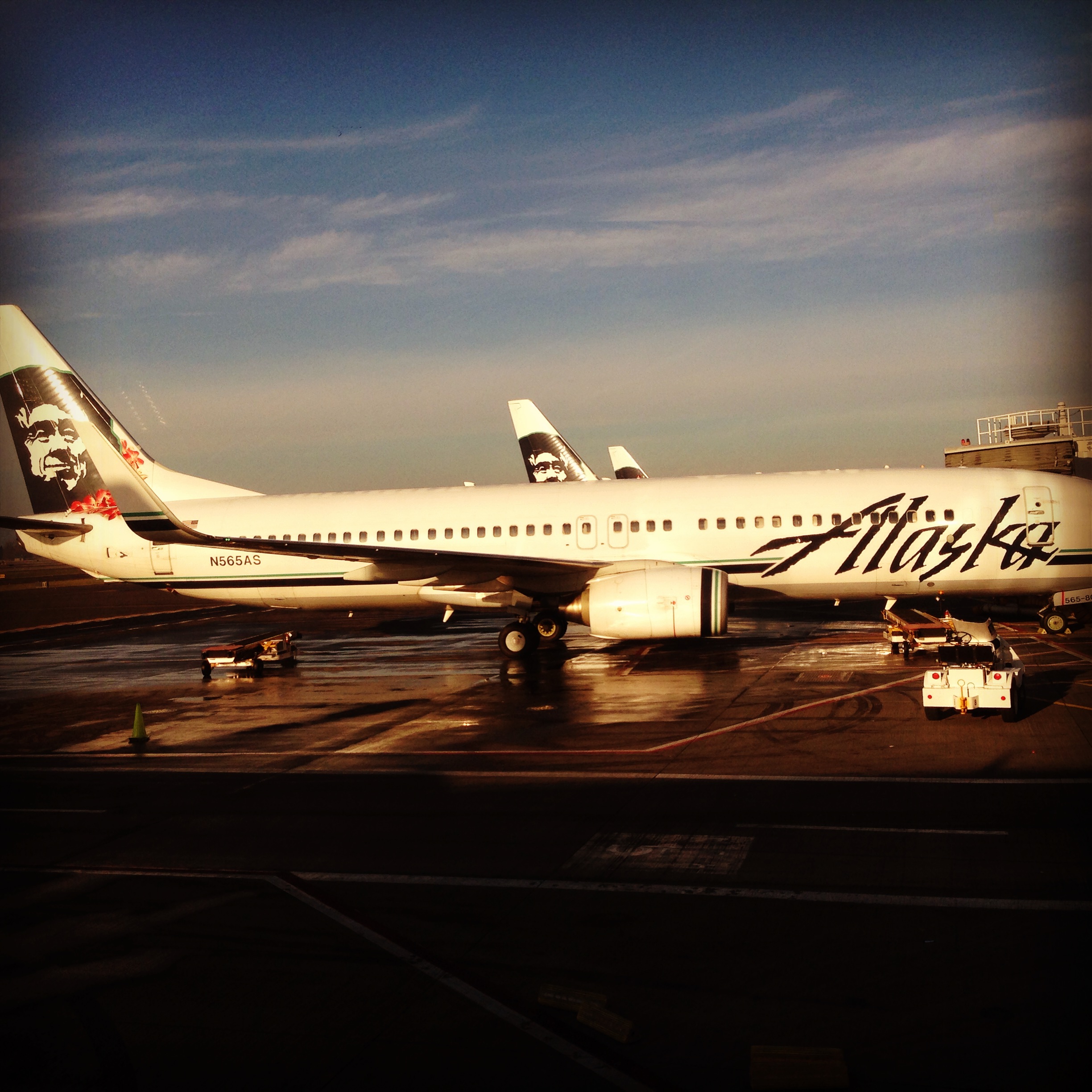
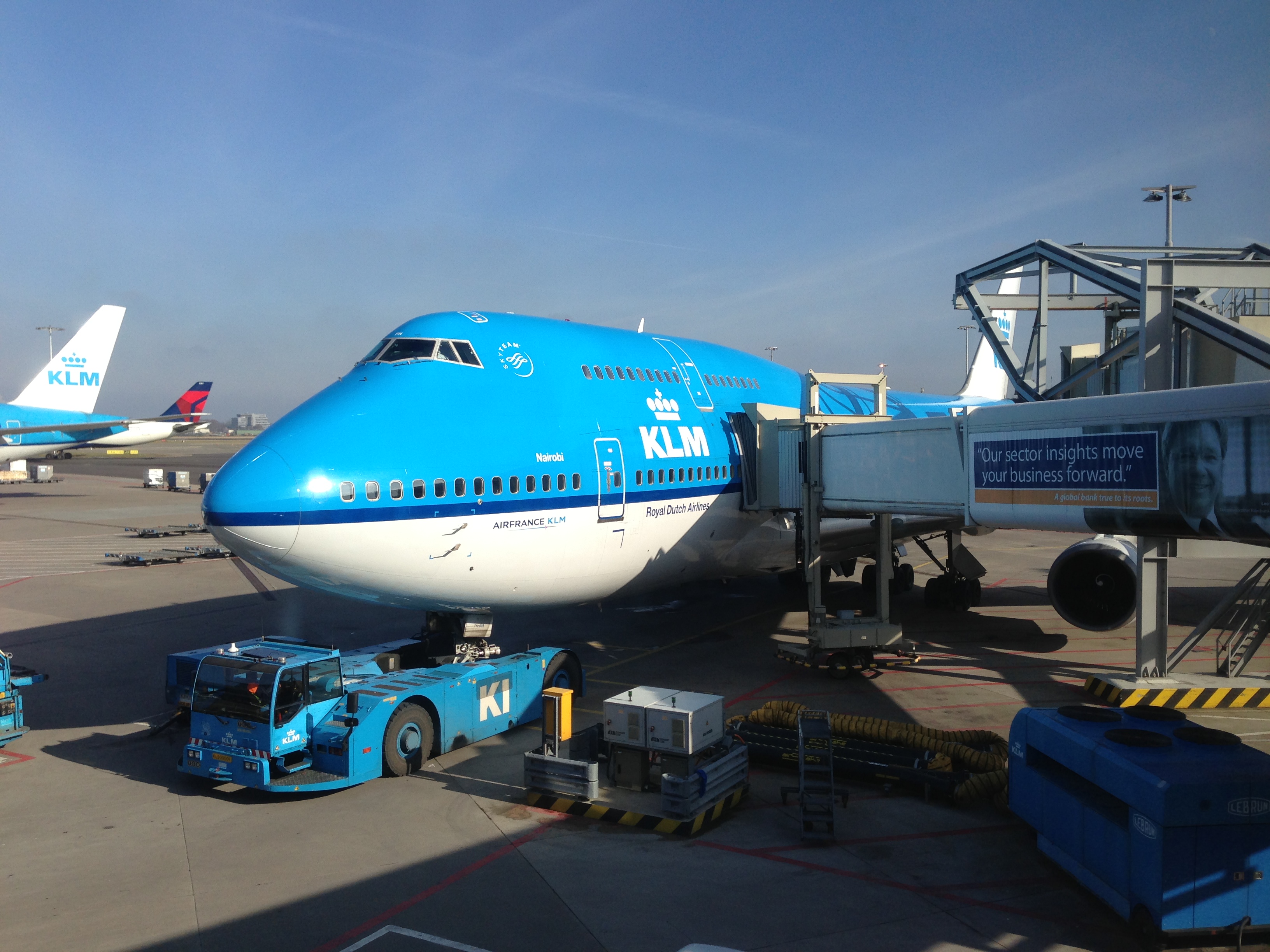

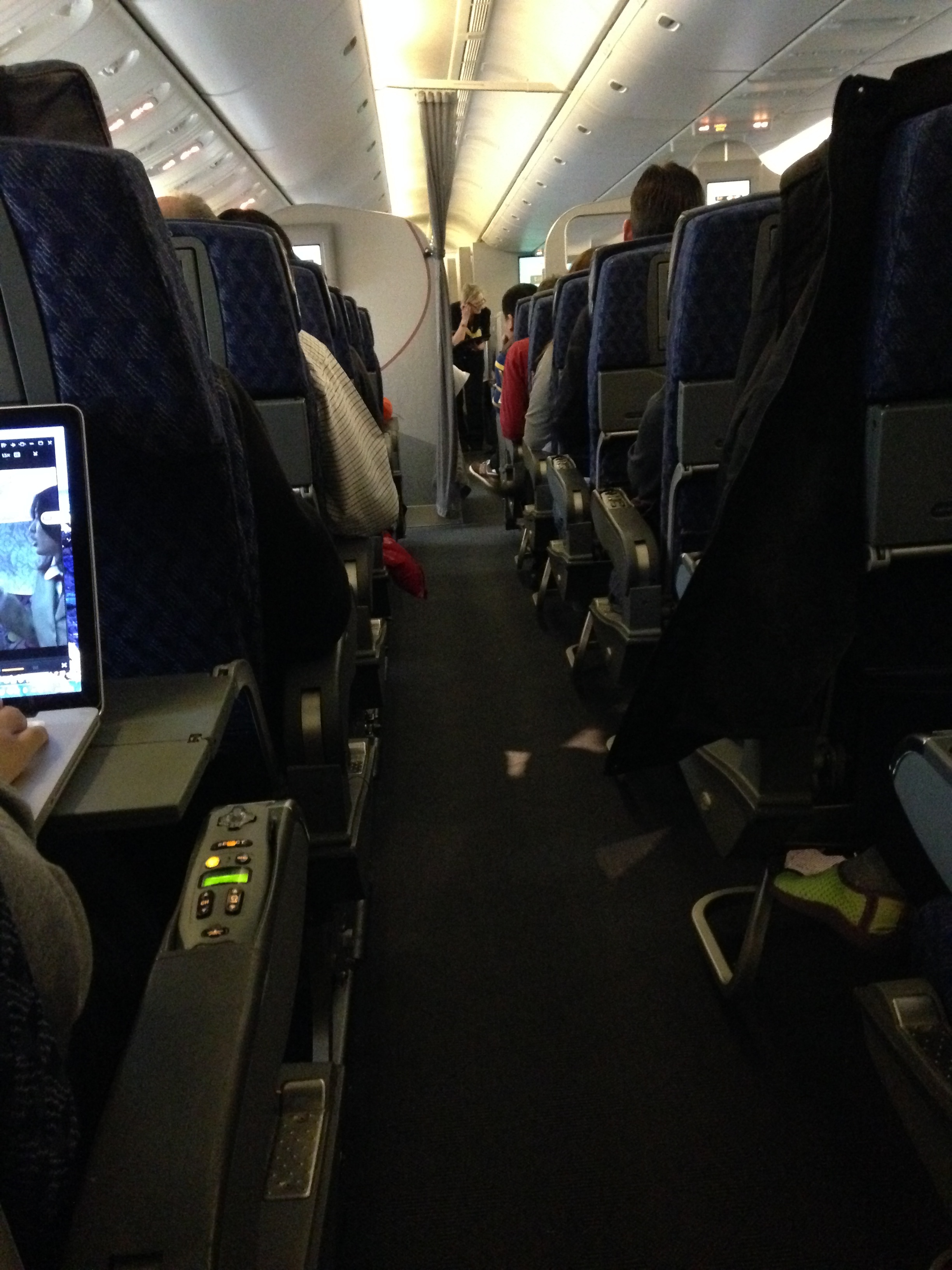



Not anything true at all about this.